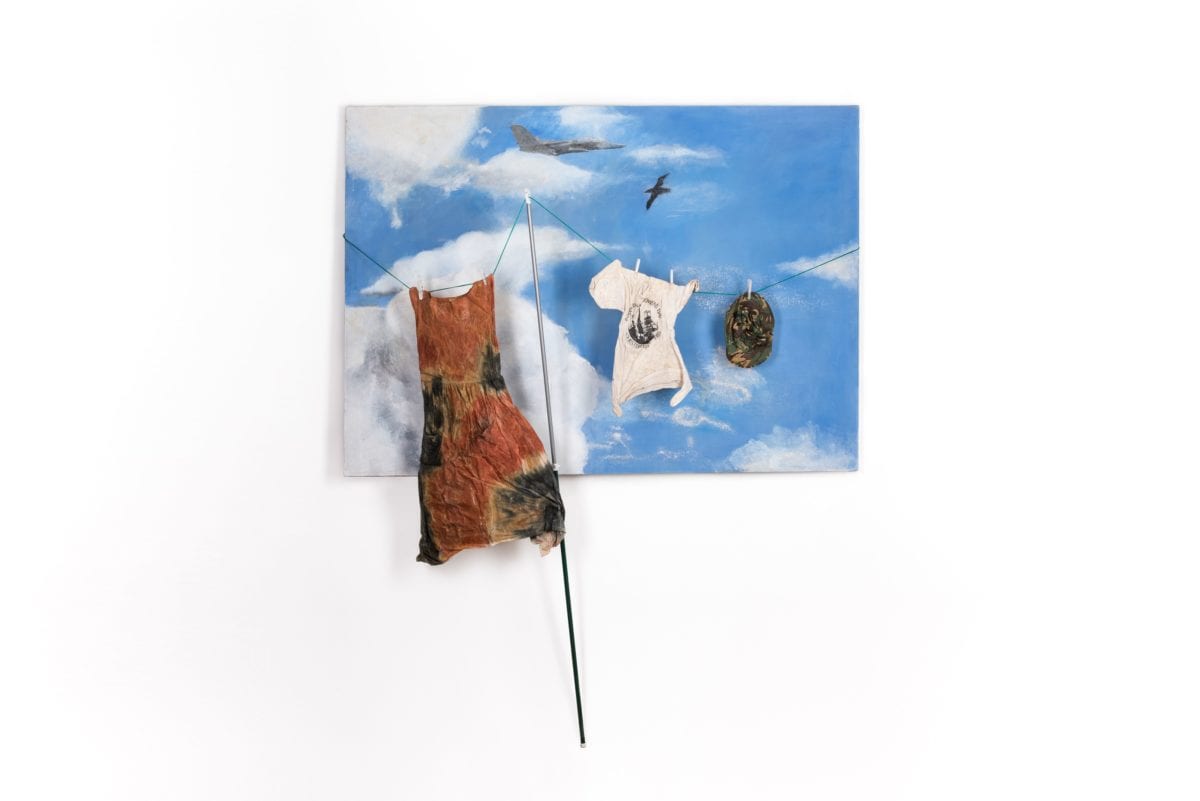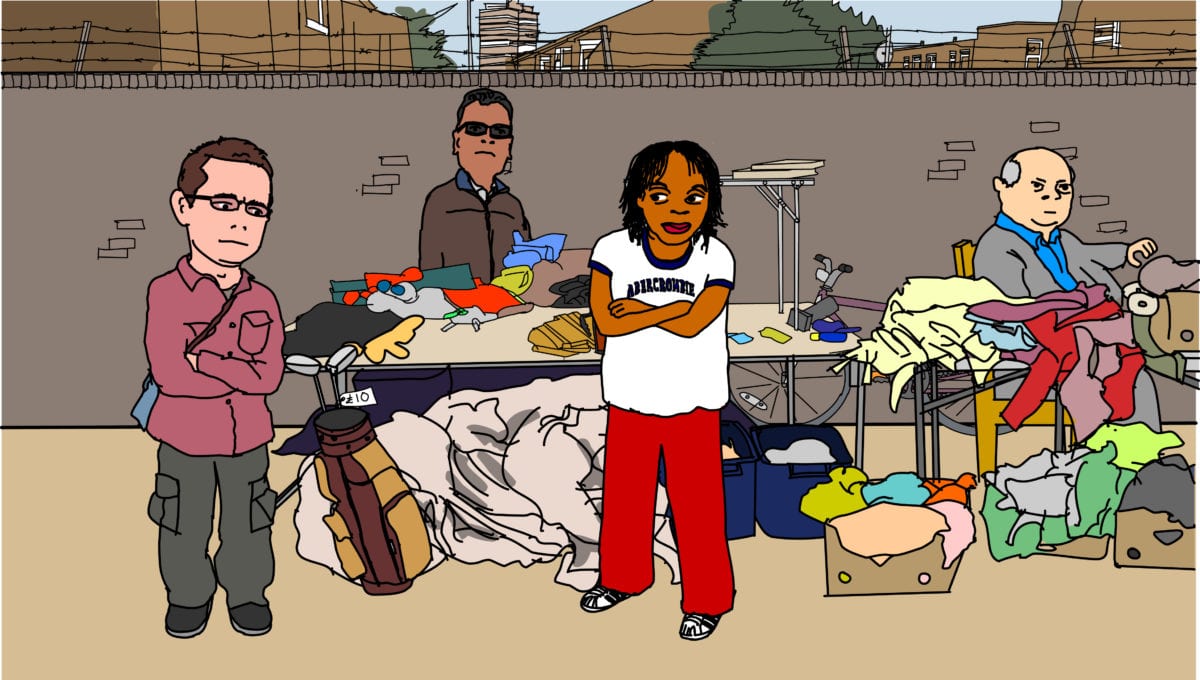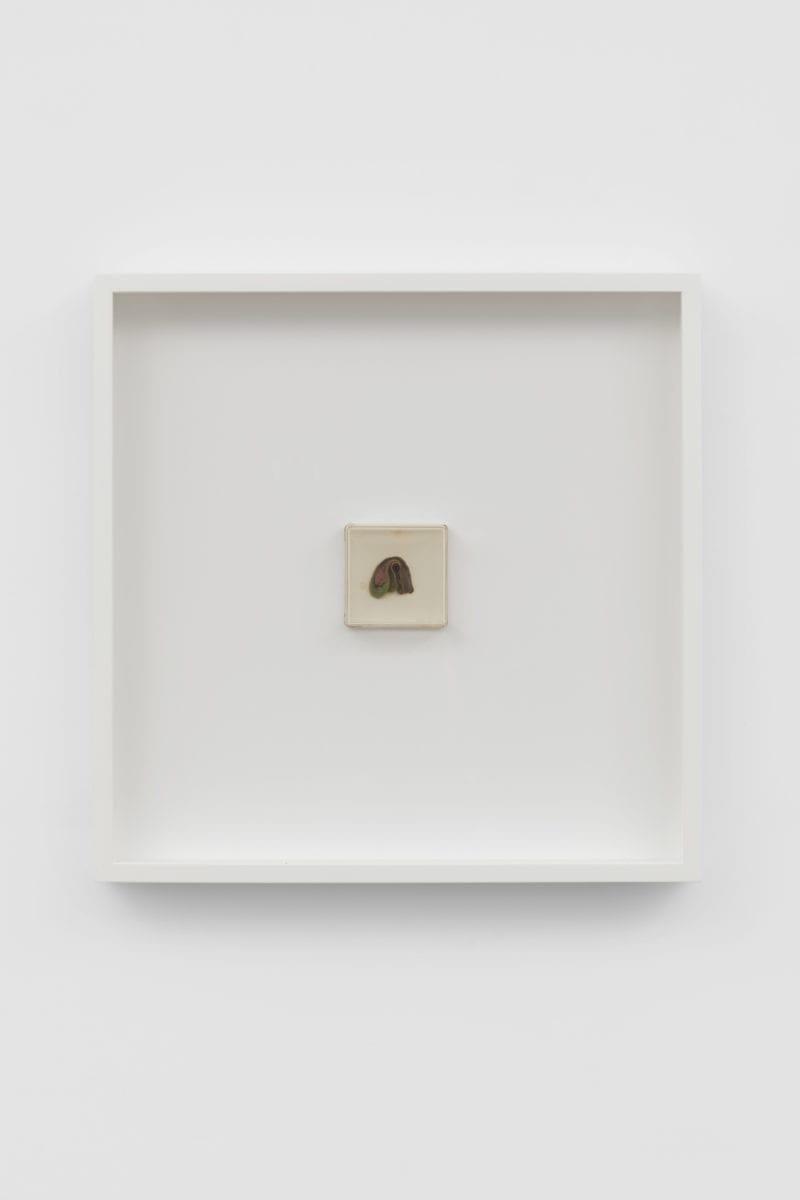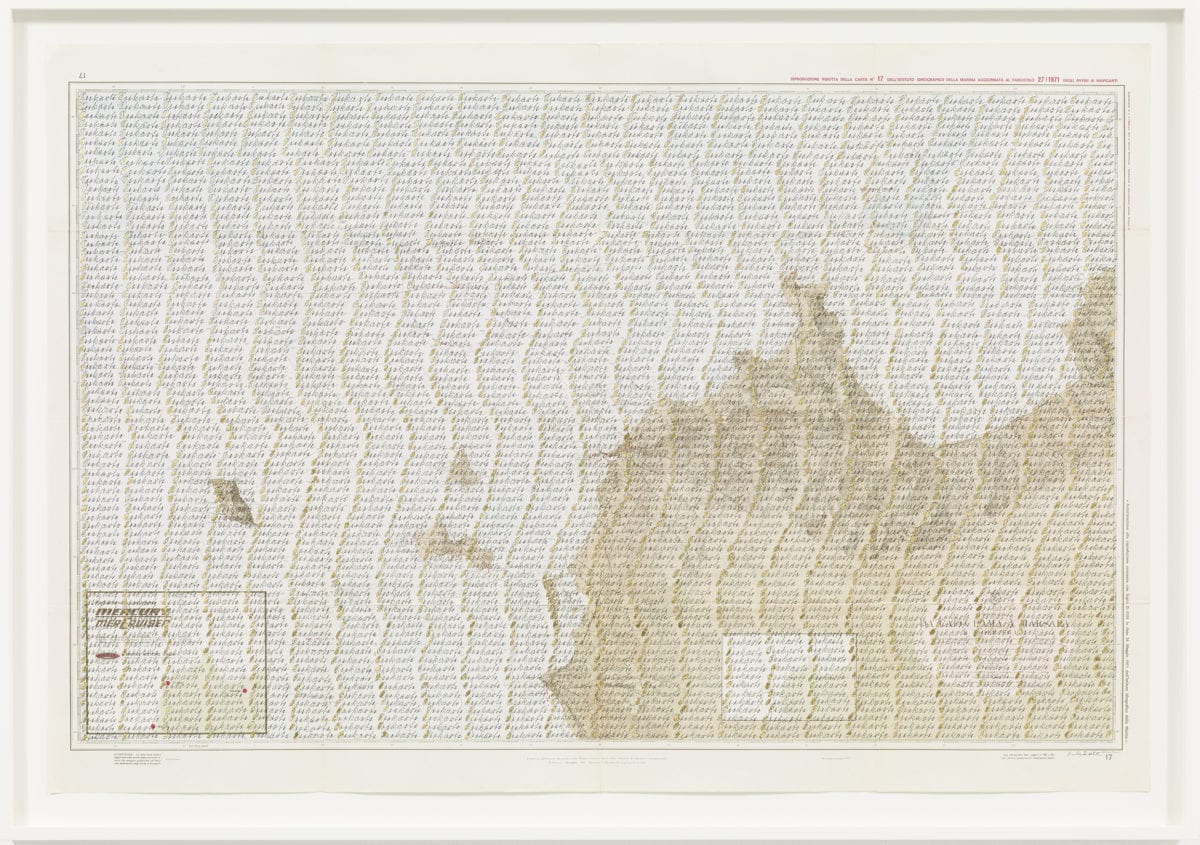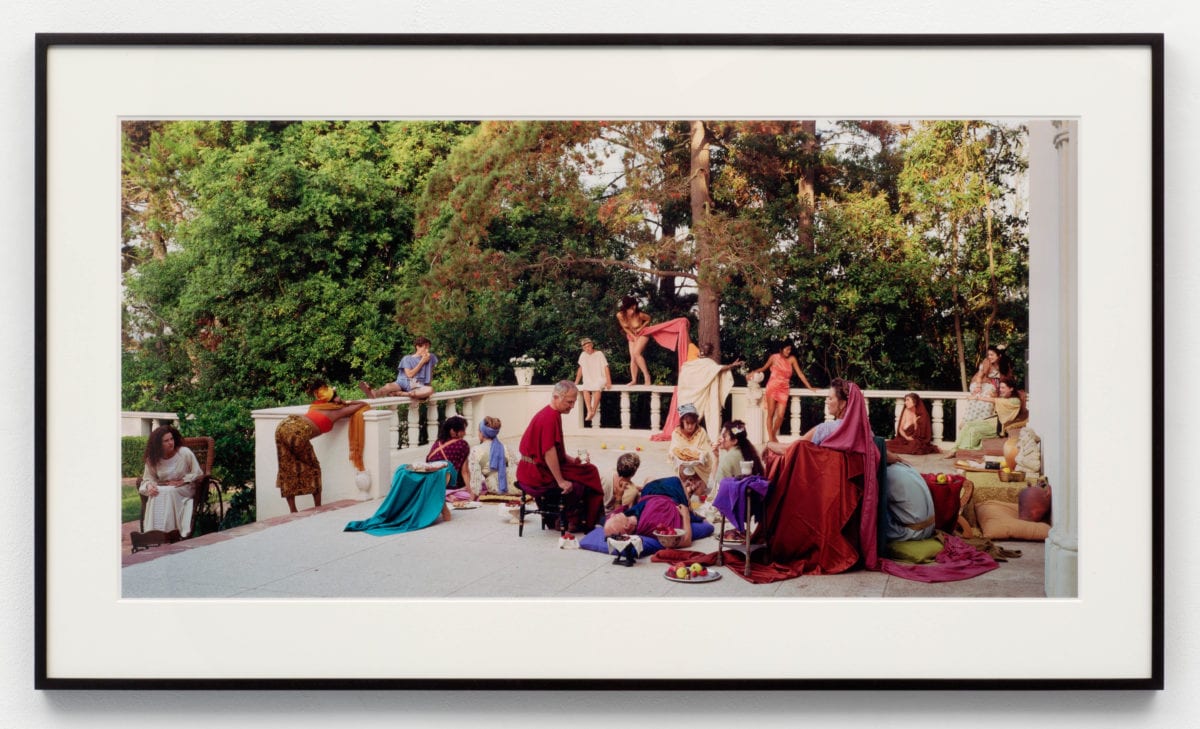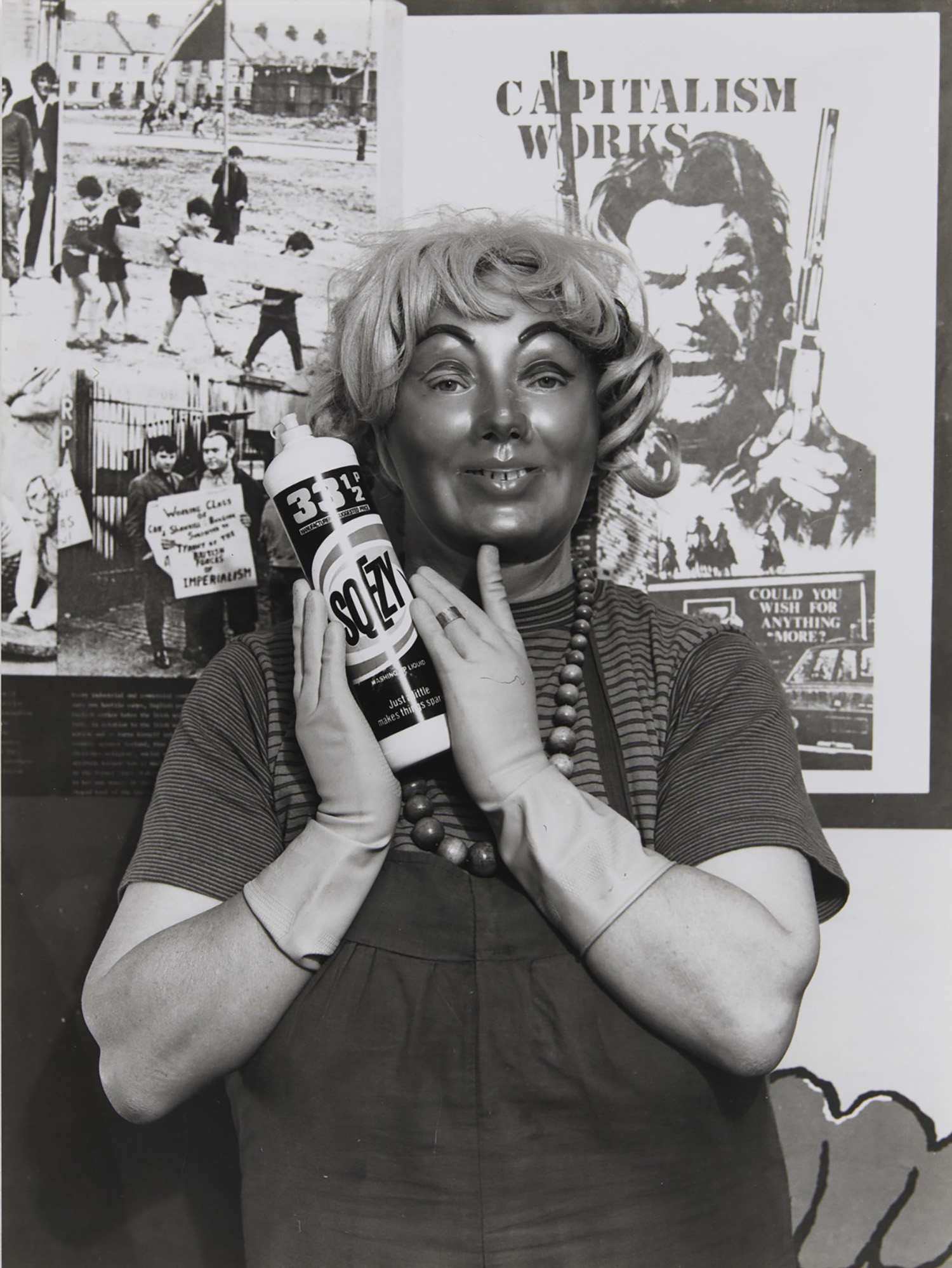
Richard Saltoun Gallery is currently showing Women Artists After Empire, an online-only exhibition that aims to examine the “legacy of imperialism and colonialism” through the artistic voices of a selection of female artists. Curated by Lynda Morris, the exhibition features work by artists including Eleanor Antin, Carolee Schneemann, Jo Spence, Helen Chadwick and Sue Atkinson.
The curatorial themes of “empire” and “imperialism” reach beyond those words’ connotations as geographical or purely political concerns. The show posits that the colonial activities of the eighteenth century, and the mid-twentieth century decolonisation of Western empires have directly impacted societal gender, racial and sexual oppression.
That’s where artists like Hannah Wilke come into it. Her work may not appear to be directly related to empire, but it’s more than evident that her practice rails against the sexual oppression that may have been exacerbated by it. Her famous vulva sculptures were created from chewing gum, which she chewed and spat out (yup, like women, in a patriarchal society). Wilke used these pieces in various ways; sometimes dotting them across her own body; at other times placing them on paper or card or within small boxes.
Elsewhere is Jo Spence’s arresting, haunting photograph Remodelling Photo History: Revisualization. The image is one of a series of pieces in which the artist takes on a weird, blank-masked identity—part cleaner, part capitalist, part ghoul—and holds a washing-up liquid bottle aloft in a parody of stereotypical advertising images depicting women as little more than objects, to be kept in the home for cleaning, sex and absolutely zero agency.
“Among the highlights is one of Hannah Wilke’s famous vulva sculptures, which were created from chewing gum, which she chewed and spat out”
Work by Carolee Schneemann, who sadly died earlier this month, comes in the form of a joyful series of pictures showing her ice-skating naked. Shot in South Kensington by Anthony McCall in a single day in 1972, the artist said that “after three years in London, I was missing my northern seasons back in New York state, the pleasure of winter sports and I considered the useless ice skates I had brought with me.” What’s this got to do with empire? We’re not entirely sure, but they’re fantastically joyful images nonetheless.
The gallery says that the show looks to “highlight the potential of art in a globalized world to be both a relief and weapon of cultural struggle.” As such, the empire of its title hints at contemporary issues (hello, Brexit); and continued oppression of marginalised groups. While these are vast and thorny issues, much of the work deals with them through playfulness and humour.
Janette Parris’s Brief Encounters is a charming, at times slightly bizarre soap opera-style animation based on conversations the artist had with people in Deptford, south London. These sweet, often banal snippets hint at a time where community was more natural, and more easy; when people had the time to talk bollocks to one another. Again, is this a legacy of empire and colonialism? Hard to say, but Parris’s work is thought provoking and charming either way.
